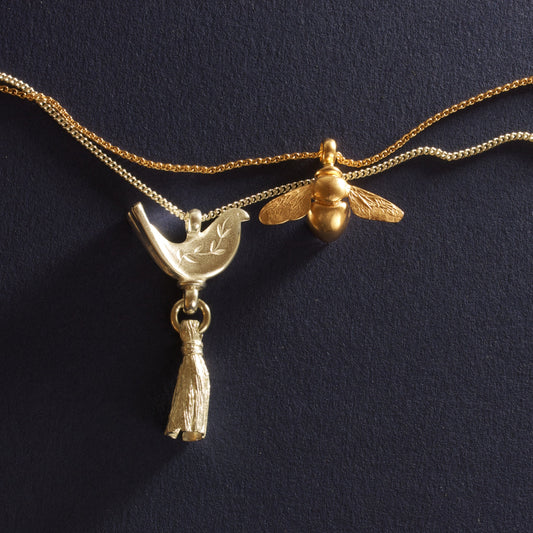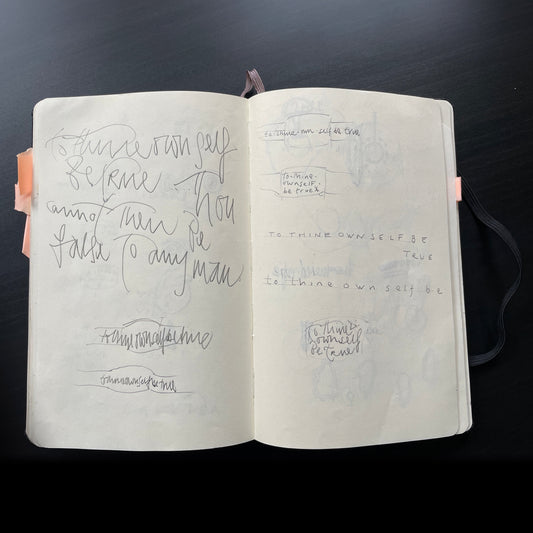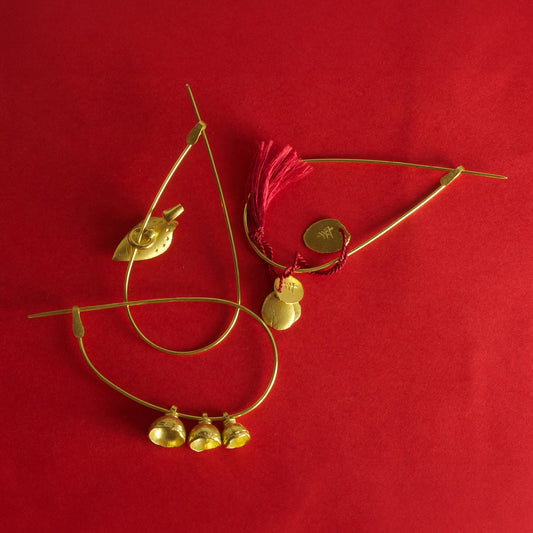
Writing : Power – Wright & Teague calligraphy development
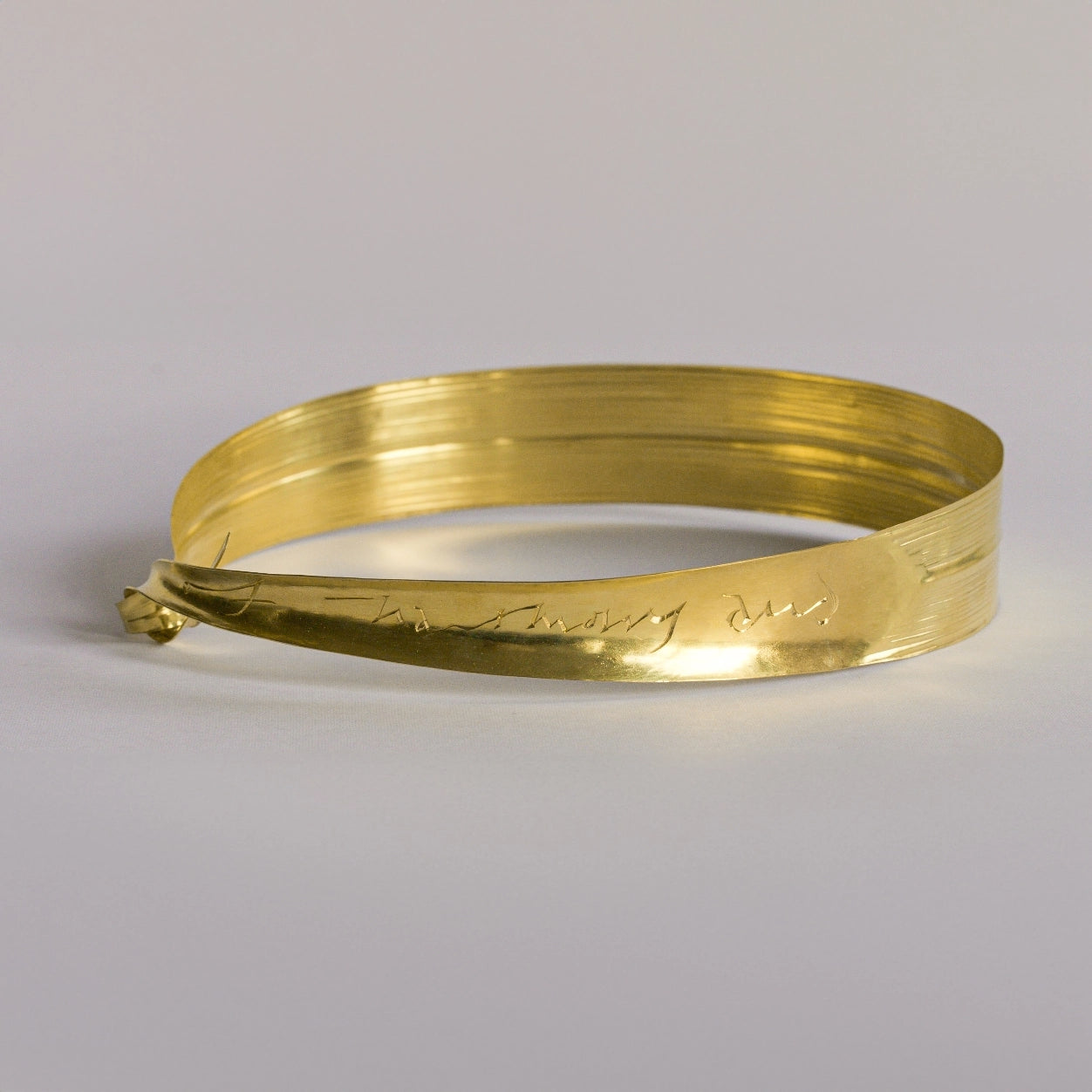
THE POWER OF WRITING
When a beautiful poem or text is read we hear the cadence and rhythm of the writer’s thoughts, a connection to us, the reader, transcending time and place. This is the feeling we wish to imbue in our hand lettered inscription jewellery pieces.
Writing by hand is a visual delight and we love the physicality of the process, there is something magical about the sweep of the hand and the mark of the instrument; hours pass in the flow of drawing out each quotation or sentiment, capturing the energy of the words or symbols.
In our carved inscription jewellery the calligraphy on each piece is carefully considered to give weight and rhythm to each of the sentiments, quotations or expressions. This script could be a classic style of typography or in our own handwriting. We choose either the original language of the quotation or the one that speaks to us in its tempo. So that maybe English, Latin, French, Italian or Spanish. Or in Arabic script. For each design a style of carving is chosen. In the pieces carved in italics using a V cut engraving tool the angles and movement of the lines create dark and light within each letter. This is particularly evident on rings where the movement of the hands changes the viewpoint and draws one into the exposed metal. The entirety of the script is not visible at once, a rotation of hand or ring is required to discover the full message. There is craftsmanship and elegance in the relationship between the emotional strength of the sentiment with the tactility of the ring itself.
Over time this carved text on silver, gold and platinum can become worn, in the same way a monument or headstone becomes worn by the elements. This does not erase the sentiment or the person memorialised but adds to the story of the jewellery or monument, a patina of lives lived and remembered.
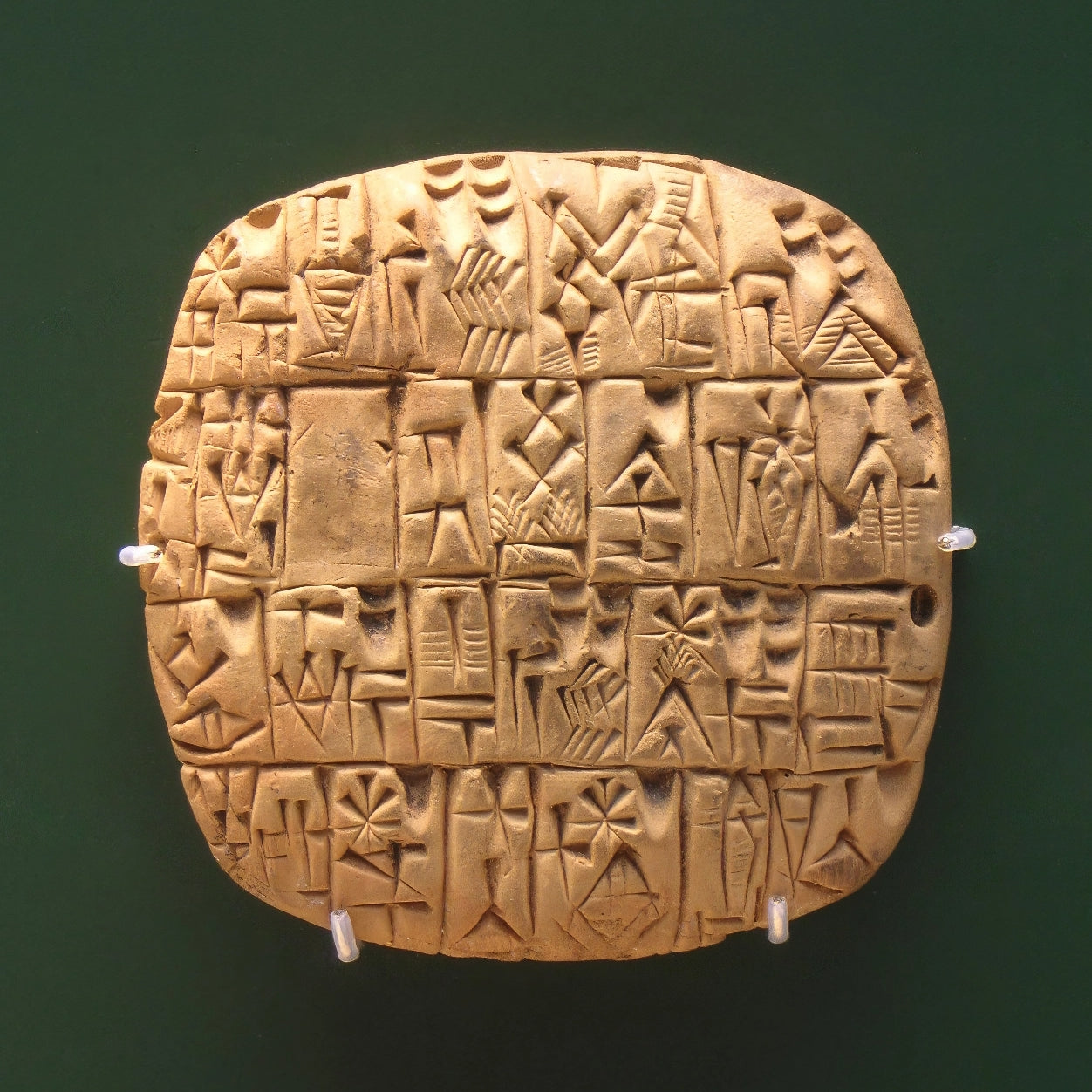
THE DEVELOPMENT OF WRITING
The ability to write down our stories, laws, beliefs, poems, feelings through symbols which clearly proclaim our intentions and can be read and interpreted by those with whom we share a language has revolutionised knowledge exchange and given power to the literate.
The majority of our knowledge is inscribed in written text; we can share viewpoints, ideology, information and propaganda and use the written word to examine philosophical thought as well as facts, to study beliefs and ideas through critical examination and intellectual processes.
As well as the conventional reading of text in fact or friction, carefully designed typography is employed in advertising, in political posters, in graffiti, in religion to communicate messages and moods, a powerful tool in influencing ( and controlling) the attitude and desires of the population.
The visual delight of the hand written word is evident even if it cannot be read, say in a script that you cannot decipher. It is the ultimate code, a way of distinguishing tribal and language groups.
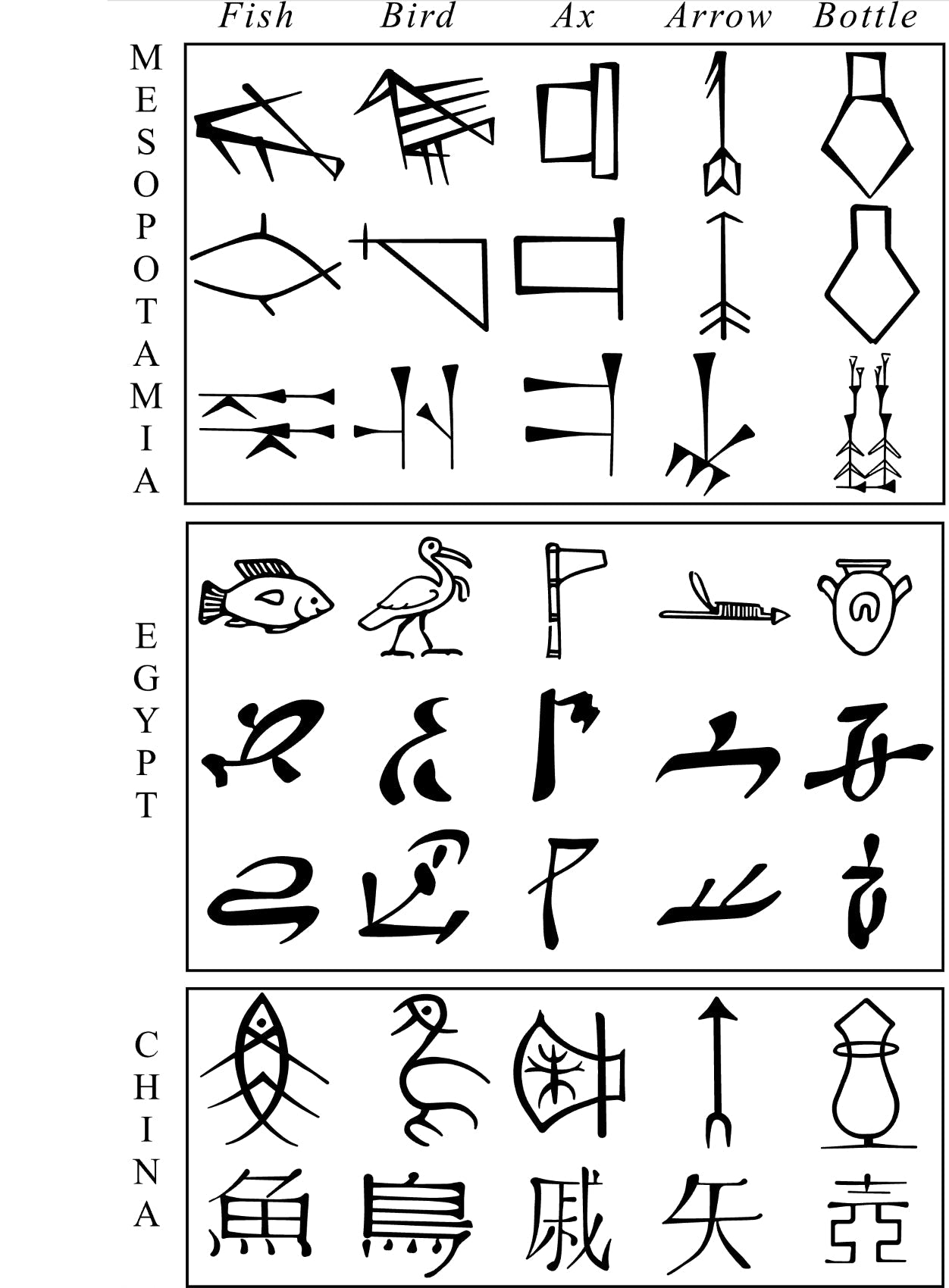
Writing has developed as a means of communication for millennia. Proto-writing developed from symbols such as dots and lines indicating time and place around 8000 BCE through to picture writing systems including the pictographic hieroglyphics of ancient Egypt. These systems; pictographic, ideographic or mnemonic which communicated limited information preceded phonetic writing where an alphabetic symbol represents a spoken sound but is not visually representative of it. True phonetic writing systems developed independently around 3500 BCE in at least four ancient civilisations, Mesopotamia, Egypt, China and Mesoamerica.
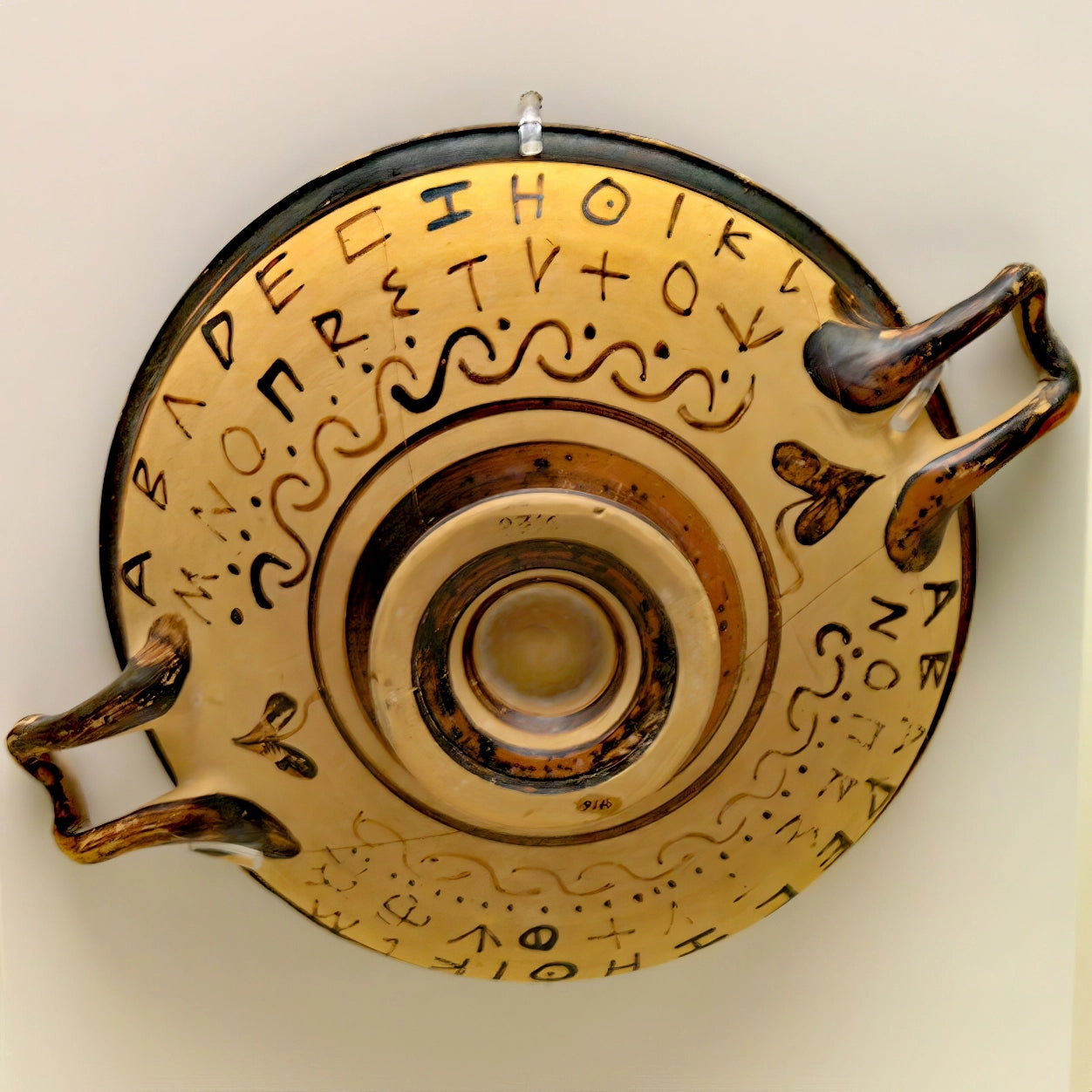
Standardised alphabets, or symbols representing sounds were created; the Phoenician alphabet is considered the ancestor of many others. It was adapted to form the basis of the Greek alphabet which in turn was the source of the Latin or Roman script, today the official script in 132 sovereign states. Letters can be adapted through the addition of multigraphs, ligatures and diacritics such as accents. These change the phonetic value of the letter to which they are added and can also modify the pronunciation of a syllable or word; an amazing way of allowing the diverse sounds of many languages to be expressed through a single alphabet.

The rise of Islam in the 7th century made Arabic a major literary language which heavily influenced the development of cursive scripts. The Arabic language also spread the use of the Hindu-Arabic numeral system, now the most common system for the symbolic representation of numbers in the world.
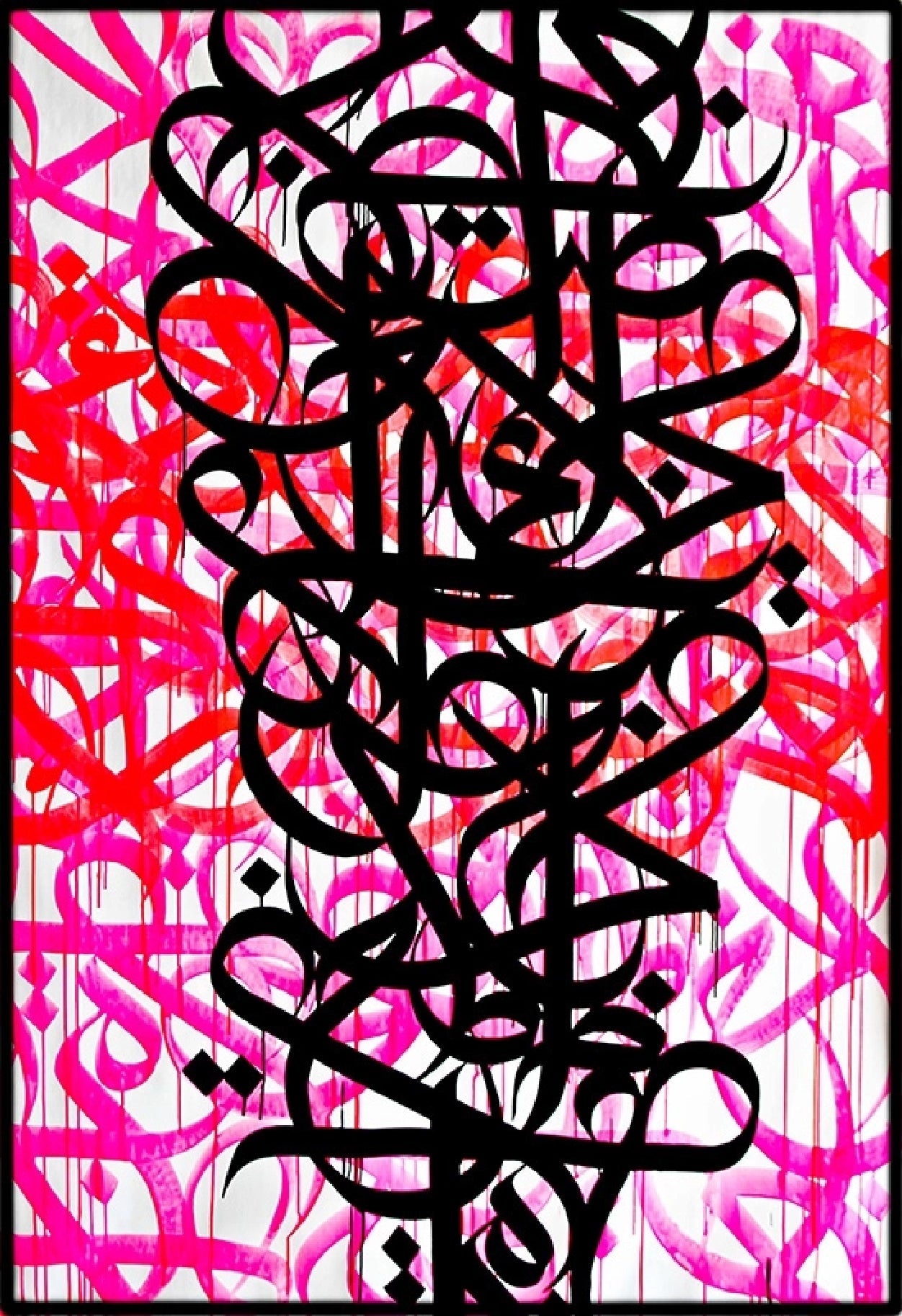
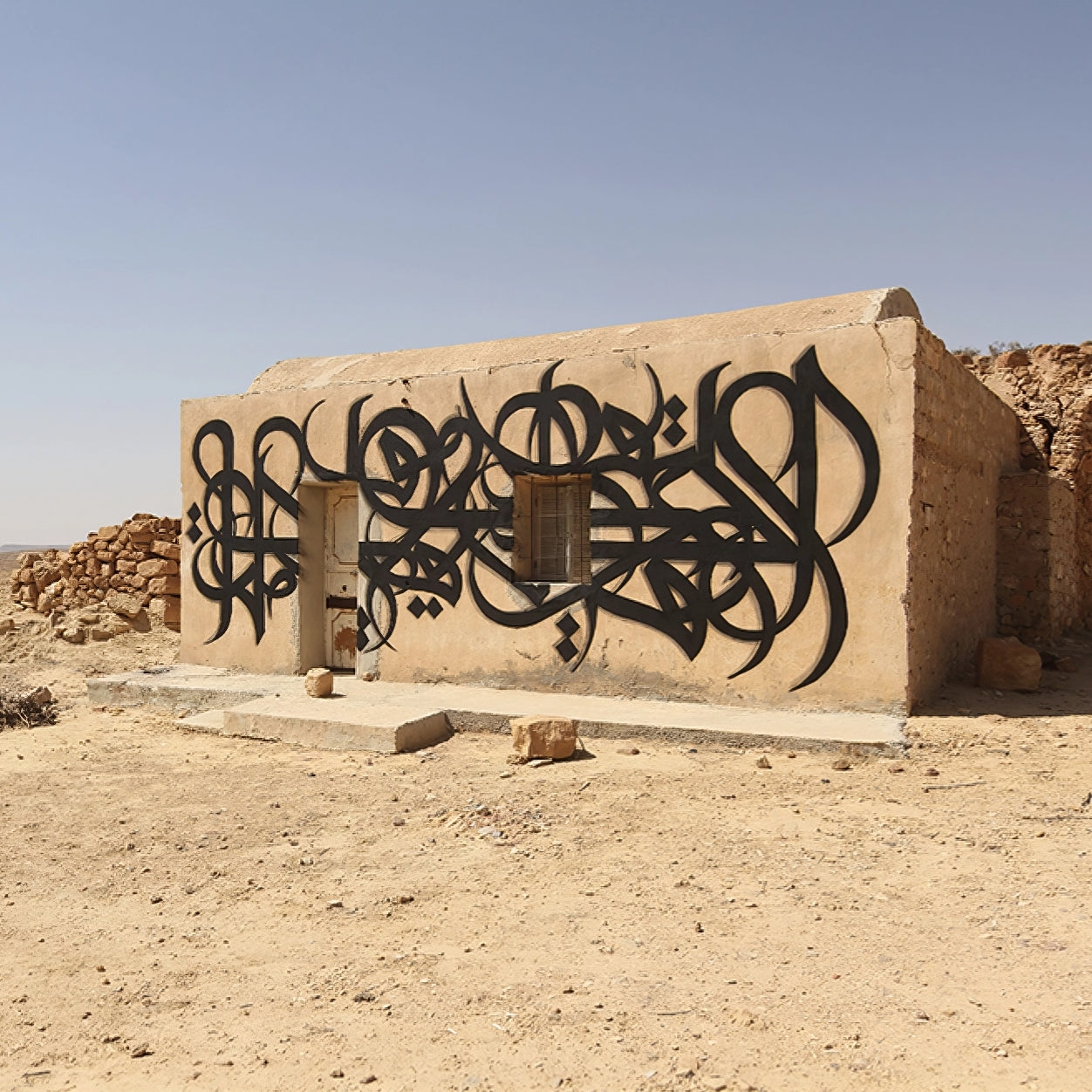
Many materials have been used throughout history to write upon, including metal and gemstones in jewellery. Clay was used in which to impress cuneiform characters with a reed stylus but it was the discovery of papyrus by the Egyptians that truly made written communication transportable. The invention of wood pulp paper in China around 100AD made writing materials more accessible. Waste materials such as rags were used in the middle ages in Europe alongside parchment and vellum from animal skins Paper is now 95% made from wood pulp.

William Morris and the Arts and Crafts Movement inspired designers such as Edward Johnston to examine the process of of creating letters by hand, a reaction to the increasingly mechanised printing industry. He was commissioned to create the typeface for the London Underground, still in use today, a clean and contemporary example of the impact of considered design. He also taught lettering at Central School of Arts and Crafts so this connection with our alma mater and London creates a full circle with our passion for the beauty of calligraphy.

The ultimate form of writing is possibly your signature, your oath of agreement.
The WT engraved into each piece and the hallmark from the London Assay Office states its origin, material purity, year of make and displays our unique makers mark, declaring each piece to be an original and authentic Wright & Teague design.
We hope you enjoy the fluidity and intensity of our lettering and through wearing the pieces and seeing the patina of time on your Wright & Teague jewellery your story is embedded in and connected with our sincerity and clarity of intention.

Wright & Teague calligraphy for Pleiades collar. Engraved inscription from Tintern Abbey by William Wordsworth 1798.
